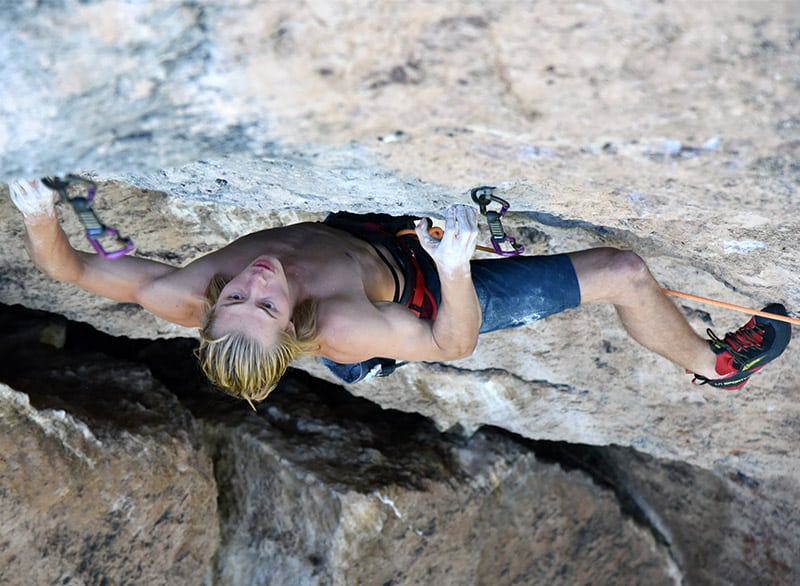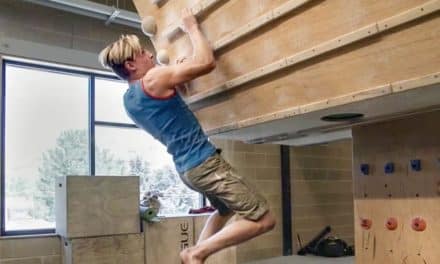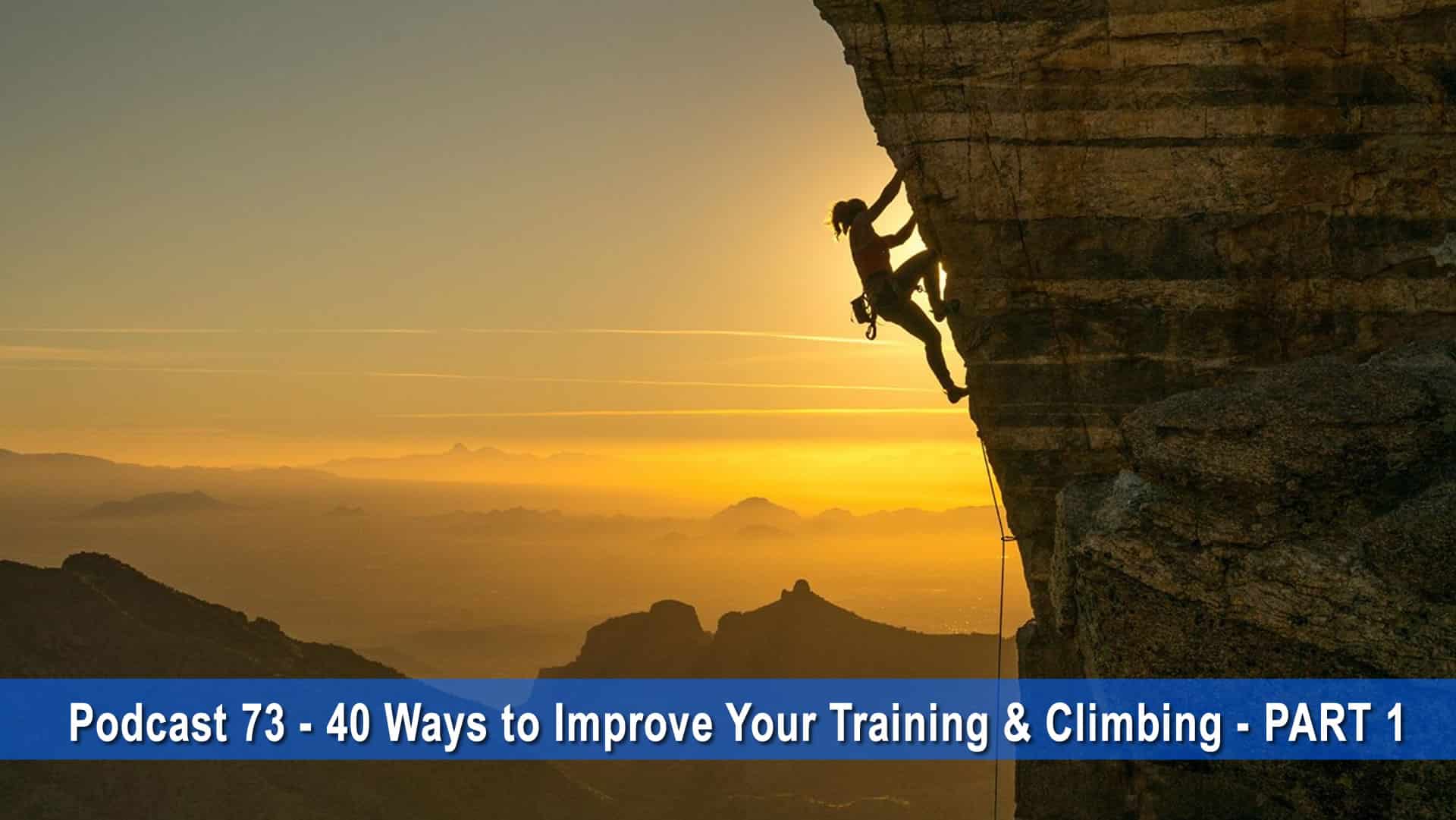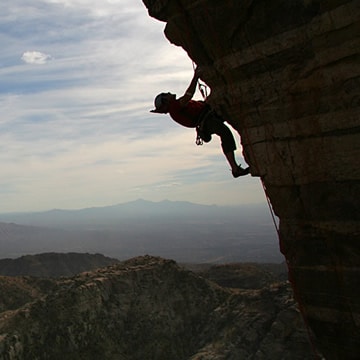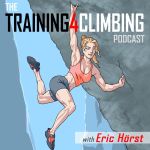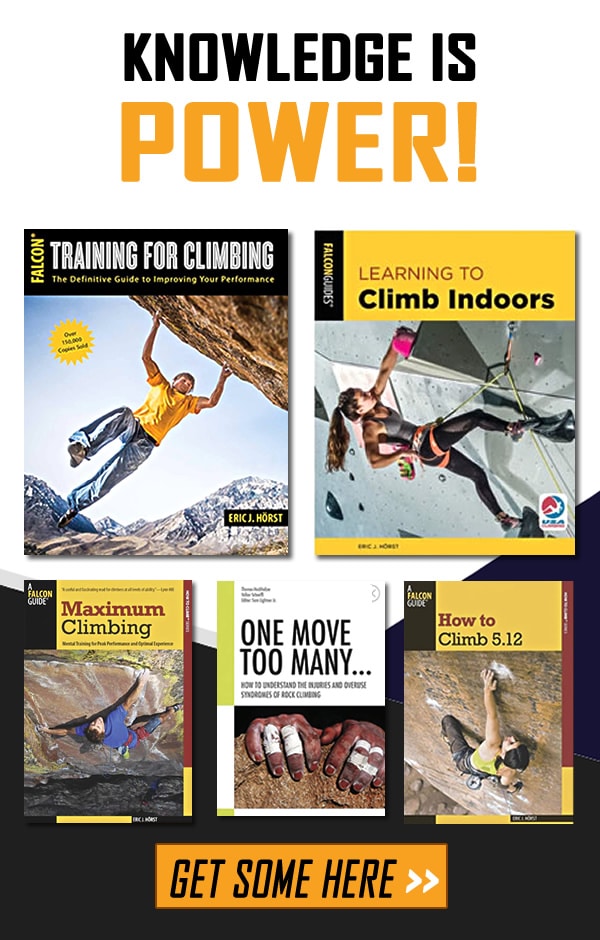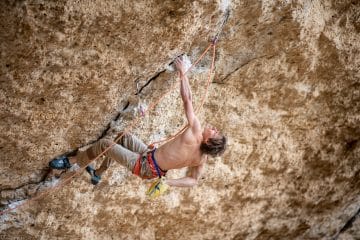
Alex Megos, one of the world’s strongest climbers in both body and mind, employs a head strong mentality to send his hardest routes.
Strength isn’t limited to your muscles. Mental strength is just as important as physical strength when it comes to climbing your best. Learn how to become a “head strong” climber who can rise to any challenge.
(This article was originally published in July of 2019, but mental strength is just as important as ever!)
Hanging on the rope with pumped forearms may sound all too familiar, especially if you’re passionate about pushing your limits. Failure on the rock always seems to signal a lack of physical strength… but is that really the case? It’s easy to come to the conclusion that “just get stronger” is the answer to all of your climbing woes.
While more physical strength certainly can’t hurt, realizing your potential in climbing requires more than that. You’ll need to strengthen your technical and mental game as well. A few simple tweaks to your technique, tactics, and mental game can yield a greater gain in apparent strength than a whole year of training in the gym!
Becoming “head strong” begins with changing your modus operandi when the going gets tough. For example, rather than quickly taking on the rope in the midst of a difficult sequence, push ahead with full effort and—assuming it’s a safe climb—be willing to fall trying. This simple tactic will immediately increase your rate of success in climbing.
For more of where that came from, read on for four additional mental strategies for training your brain to become a “head strong” climber.
1. Strive for Flexibility of Perspective
To break through a sticking point on a climb, you must expand your current mindset. Detach yourself from the situation and visualize it from a perspective outside yourself. View yourself attempting the route, climbing bottom to top and even down-climbing from the top to the ground. Cover every inch of the climb from every angle possible in your mind. You might also consider visualizing how another climber that you admire would attack the route. What tricks and tactics would they employ to send? Would they dyno past a long reach, search for a hidden hold, or find a clever rest position? Make a game out of trying to transcend the sticking point. Be creative and have fun, and the moves will begin to reveal themselves to you on their own time. You might not send the route that day, but you’ll make significant progress toward getting there.
2. Become a “Reverse Paranoid”
No matter what problems you encounter, believe that the route wants you to succeed—even if you are currently flailing miserably. View each failed attempt as a signpost directing you toward a better course of action. Avoid becoming obsessed with a single way the route must be done. Many climbers fail on routes that they are in fact physically capable of doing, because they ignore the feedback the route is giving them. Don’t fall into this trap. Embrace the feedback from your setbacks as clues guiding you toward inevitable success.
3. Leverage a “Mental Scrapbook” of Past Successes
Create a mental scrapbook of past successes that you can review on demand. These memories will fortify your confidence and ability to persevere in the face of apparent failure. Relive in your mind’s eye some of your greatest accomplishments, both climbing and non-climbing. Make these mental movies as vivid as possible, employing all your sense, and get inside them as if they were happening again at the present moment. Feel the exhilaration and joy of the accomplishment, then take that emotion and apply it to the difficult situation in front of you now. Forge ahead wearing the mental armor of your past successes.
4. Develop “Hanging-On Power”
Hanging-on power is an attribute that all great climbers and high achievers (in any field) possess. It enables them to persist beyond ordinary limits. Sometimes succeeding isn’t a matter of having more absolute strength or skill than others possess; it might just come down to being able to hang on and persevere longer. Hanging-on power is fundamental to all climbing breakthroughs, and it’s exemplified in ascents like Adam Ondra’s mind-boggling Silence (5.15d) and Tommy Caldwell and Kevin Jorgeson’s incredible nineteen-day first ascent of El Cap’s Dawn Wall (5.14d).
Develop hanging-on power by progressively subjecting yourself to greater and greater challenges that require higher levels of tenacity. Just like strengthening the muscles of your body, you strengthen mental muscles by challenging yourself and stretching the limits of what you think is possible. The best climbers out there keep coming back and hanging on, both mentally and physically, until they succeed. Foster this mental skill and you’ll outperform the masses in almost anything you do!
Related Articles:
- Mental Mastery Tips to Stretch Your Climbing Limits
- 10 Mental Strategies to Improve Performance…In Climbing and Beyond!
- Self-Discipline and Commitment: The Great Equalizers
- The Power of Pre-Climb Rituals: Preparing for Peak Performance
- Goal Setting Tactics for Realizing Your Climbing Dreams
Copyright © 2000–2023 Eric J. Hörst | All Rights Reserved.

